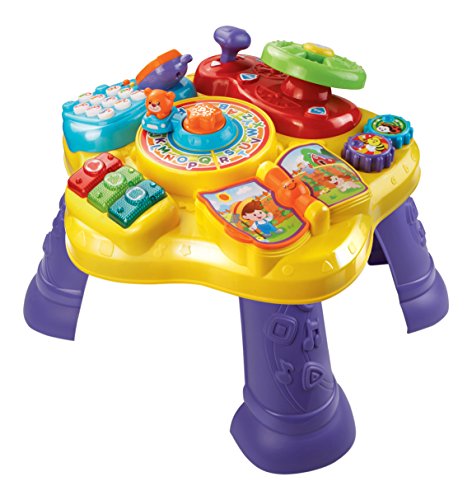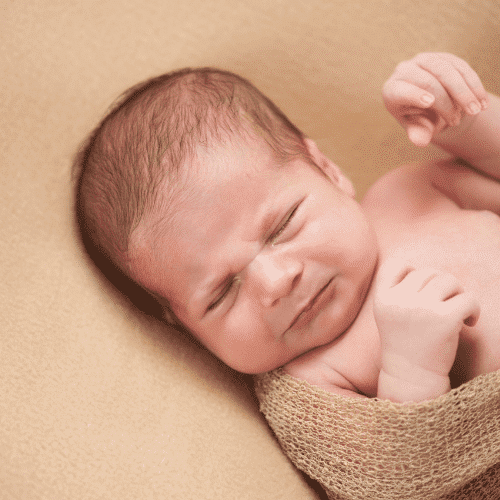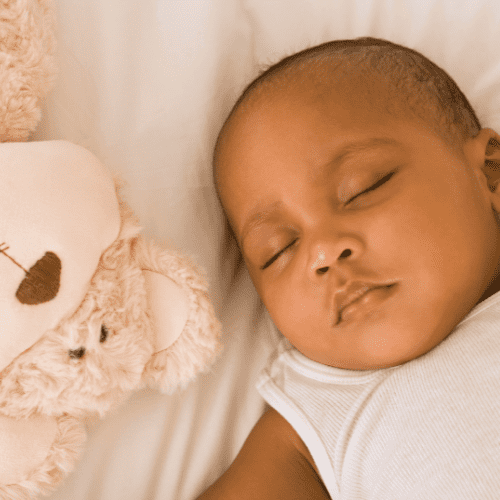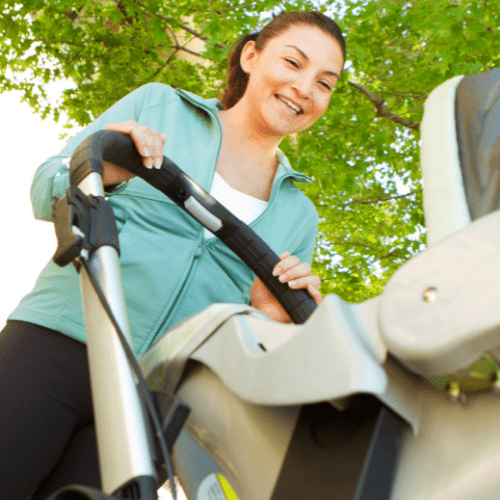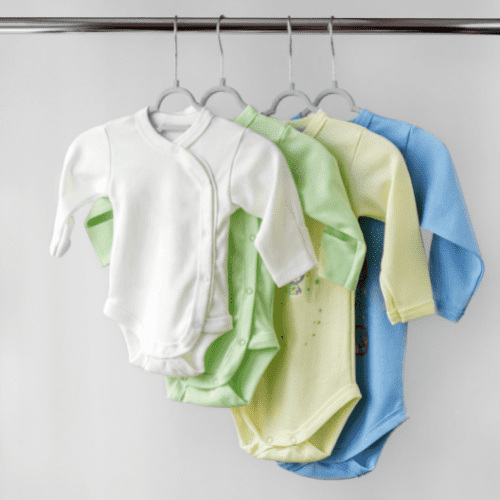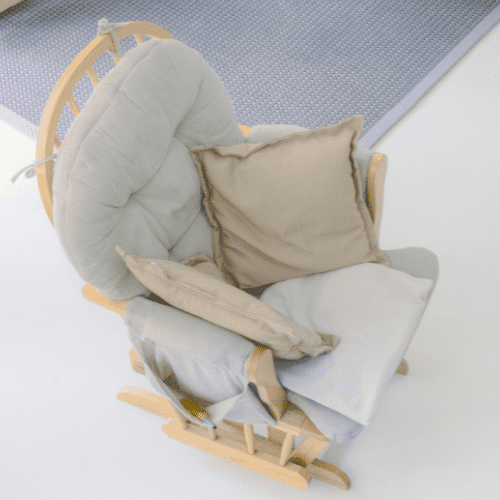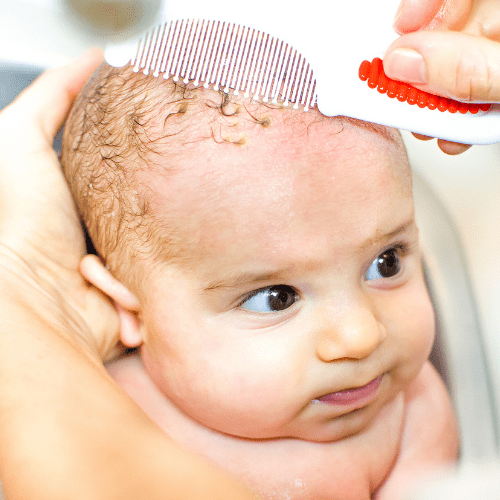Babies standing on their heads upside down are an essential part of their development process and can be a milestone in their learning and growth. In this downward dog position, they learn how to manage their stress, stretch, discover new things, develop physically and neurologically and practice their gross motor skills.
As an Amazon Associate, I earn from qualifying purchases. The links below may be affiliate links. Please read my disclosure policy for more information.
Old Wives Tale about Toddlers Sensing Pregnancy
It’s said in an old wives tale, that when babies bend down, stand on their heads and look through their legs, that they are looking for a sibling and can be a sign that babies are sensing a pregnancy.
But can babies really sense when a woman is pregnant?
Although it is a widely spoken about legend, which you may have heard it at a baby shower, scientists have been unable to provide evidence that babies standing on their heads are linked to a psychic sense that another baby is on the way.
Some say in cases where another child has been on the way, that the baby is able to pick up on the physical changes of pregnancy or they may have overheard conversations being had about pregnancy.
But what you believe is up to you!
It Is All A Part Of Stress Management
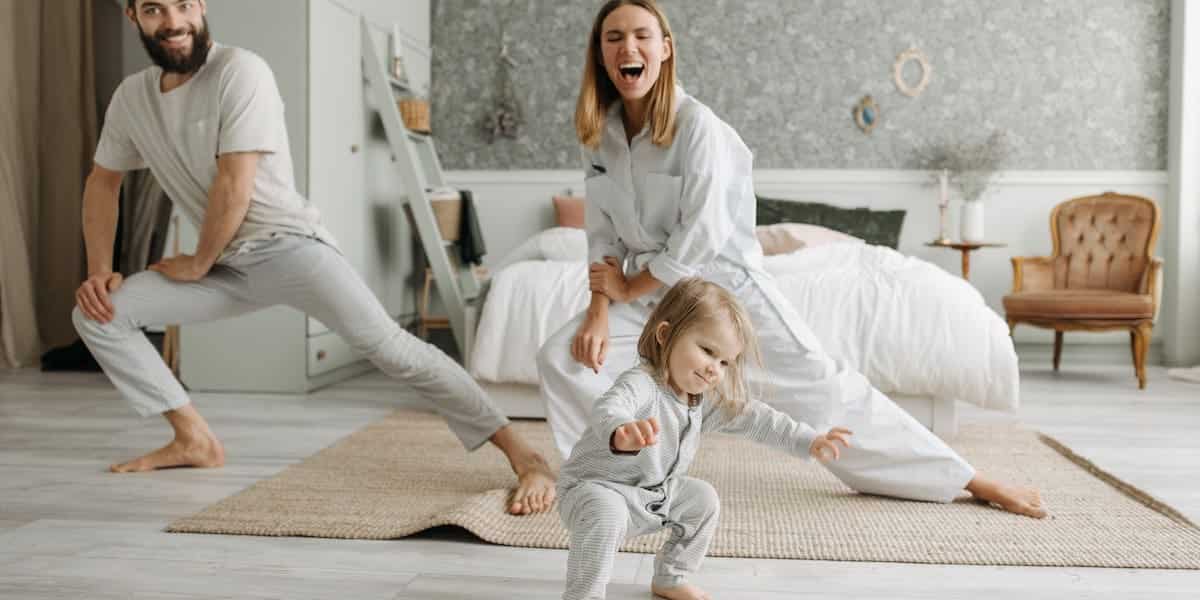
As found in the ancient practice of yoga, the act of standing upside down in this position can be very calming, especially to children as they are developing, growing, learning, and moving around a lot, which can be tiring and, in lots of ways, it can stressful and overstimulating.
When a baby stands upside down on their head, it can be a sign that they are finding new ways to self-soothe, to calm and to manage their stress. As babies have a lack of verbal communication whilst they are developing, they adapt to find different ways to express their stress, this being one of them.
Notice when it is that your baby does this position, if it is when they are tired or after an outburst perhaps, then this may well be a way for them to manage all the emotions that they are experiencing and learning all about.
The more that they stand on their head, the more they may begin to feel the benefits of doing so, both emotionally as well as physically.
Mother and baby yoga is a great way to experience some of these benefits as an individual as well as a way to connect with your baby.
They Are Discovering New Things
It’s all about learning and discovering for babies, and a part of that discovery can include repetitions of movement. When babies bend over and look between their legs, it could mean that they are learning about their own body as well as their surroundings.
Seeing the world through a new lens upside down can bring about a whole new level of discovery.
At early stages of development, babies have a lack of knowing about what is socially acceptable, for example what may seem unsafe or different to the grown adult, actually is entirely normal for babies and is a key part of development.
They may have also not found the way to turn around yet to look at things, so instead they may continue to use standing on their head to look at what is behind them.
A key part of learning for babies is through discovery and practice.
They Find Being Dizzy is Funny
As you probably already know, babies can laugh a lot and often it’s not at the usual things. Some babies find being dizzy entertaining and it offers a new sensation for them being upside down.
If your baby bends over or stands on their head and then stands back up again laughing or smiling, it’s very likely that they find being dizzy funny. It may even become a game for them once they realise that they find it funny, and you may find them repeating it over and over again.
This is normal for babies, and is a part of their development, particularly in the production of feel-good hormones in their neural development with laughter and games.
Another aspect of babies finding standing on their head funny, could be the responses and reactions of other people, if they associate the laughter and attention of other people with this game, this could be a reason they continue to play in this way.
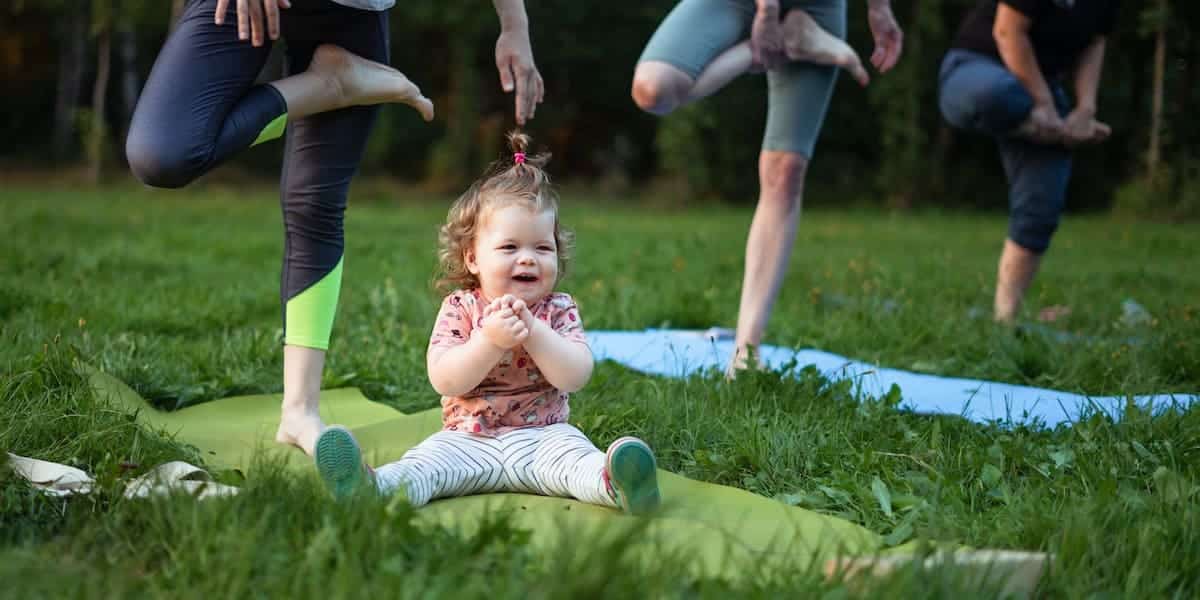
They Are Hitting Another Milestone
When a baby stands on their head, it can be a sign of them being at a new stage in their development. This is the sign of them demonstrating Symmetrical Tonic Neck Reflex or STNR, also known as the ‘crawling reflex’.
They move from being mostly on their tummies, to getting ready to learn to crawl. This works by enabling them to push themselves up off of the ground, bearing their bodyweight on their hips.
As this reflex develops, usually around ages six to nine months old, they are preparing themselves to be able to stand up.
As they learn to stand, for balance babies can often rest on their heads as a form of prop, and this is normal as a part of the development process.
They Are Practising Their Gross Motor Skills
The upside-down position for babies can also be a result of them practising their motor skills. When engaging in a headstand, the baby is also developing great core muscle strength, learning to balance, coordinate and move their body in new ways.
This is an important aspect of the supporting them as they learn to crawl, stand, and eventually walk. As babies develop, their motor skills work from the top of the body down.
They first learn to hold their head up, then the development of using their arms and core in the crawling reflex, before the development of lower body muscles for standing, walking and the motor skills associated with this development.
Around six months old, babies can take their own weight with the support of being held and at around seven months the development of their muscles enable them to be able to stand, usually with the support of furniture but the balance usually develops around aged ten months to a year, where they can stand independently.
Brain Development
This position has been shown to actually build their sensory connections and when they stand upside down on their head, it can play an important role in the development of the baby’s brain.
This happens by the baby’s sensory system being stimulated, which contribute to the development of balance and cognition.
Another aspect of brain development that this position can help with, is the new neural pathways being created in the brain each time the baby learns something new.
Just a Copycat
Babies learn a lot through imitation and mimicking the actions of others, be that from day care or other children in different settings.
Learning from others is a key part of their development, and is how they learn to speak and walk etc. You may recognise this in babies copying sounds of others as they develop their ability to speak.
In this case, they could have simply seen another baby or adult bending over and copied their action. This is normal and is advised to be encouraged.
They’re Stretching
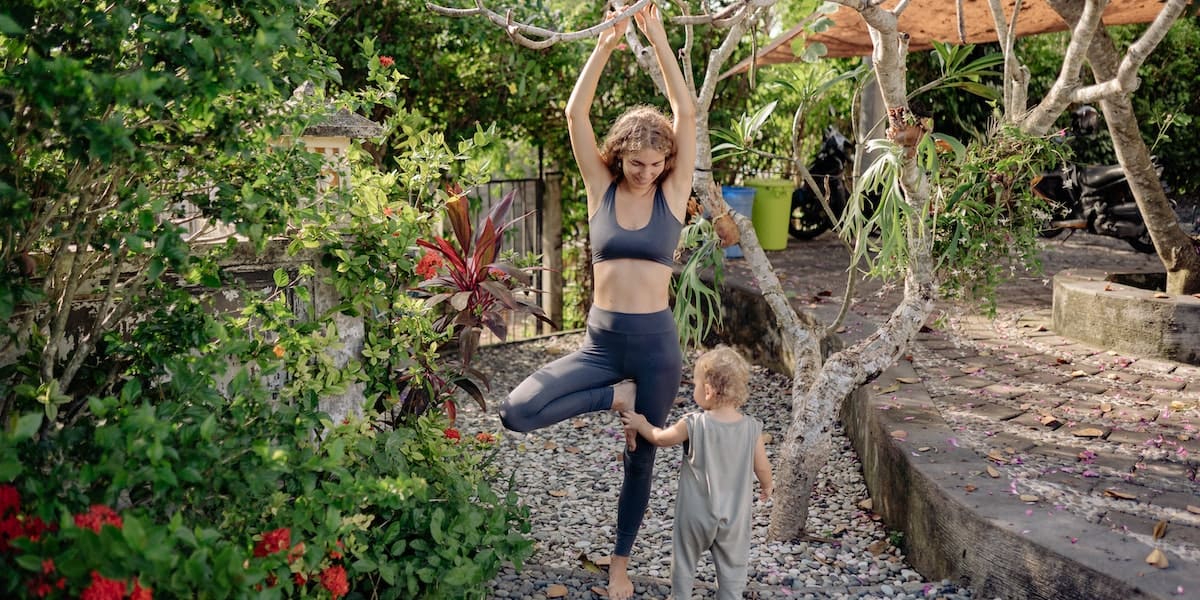
Much like the enjoyment of the dizzy feeling associated with going from upside down to standing back up, babies may enjoy the physical sensations of standing on their head.
In Yoga, the forward bend and downward dog pose are positions which can greatly benefit the physical body, especially with regards to taking the weight off the base of the spine and the hips, as well as being a wonderful stretch for the legs.
But perhaps there is also no explanation, other than the baby may find themselves in this position without much of a reason.
If You Are Concerned
More often than not, your baby bending over and standing on their head is nothing to be concerned about and is a very normal thing to do.
Something important to remember, is to watch your child to ensure that where they choose to bend over, is a safe place and also to ensure they are not in pain in any way. If they do seem to be experiencing pain when standing over, there are a number of things to keep an eye on.
If they are unable to stand back up, this would be a time to consult your doctor for advice and explain to them when and how they experience this discomfort.
Additionally, if you notice any changes on their physical body, such as bumps on their skin or any irregularities along the spine, then this too would be the time to consult medical advice, be it your doctor or your paediatrician, who can conduct a physical exam and answer any questions or concerns you may have.


